|
|
General: 11 DE SEPTIEMBRE=DIA 254 GREGORIANO (25/4=DIA DE SAN MARCOS=227 COPTO)
Choisir un autre rubrique de messages |
|
Réponse |
Message 1 de 17 de ce thème |
|
|
|
|
|
Réponse |
Message 3 de 17 de ce thème |
|
|
|
|
Réponse |
Message 4 de 17 de ce thème |
|
25/4=DIA DE SAN MARCOS
DÍAS DE CELEBRACIÓN DE π

Entre los que se encuentran el mismo 22 de Julio (22/7=3.1428), y curiosamente también el 21 de diciembre…

Pero el día oficial de π es el 3-14…
25/4 es el dia de SAN JUAN MARCOS, DIA NUMERO 227 DEL CALENDARIO COPTO
|
858. 1 Corintios 11:9: y tampoco el varón fue creado por causa de la MUJER, sino la MUJER por causa del varón.
63. Marcos 2:27:
Marcos 2:27: También les dijo: El DÍA DE REPOSO fue hecho por causa del hombre, y no el hombre por causa del DÍA DE REPOSO.
|
OBSERVA ESTA DOS VERSICULOS. EL VARON FUE CREADO POR CAUSA DE LA MUJER Y NO LA MUJER POR CAUSA DEL VARON. (MARCO 11/9 O 9/11)
OBSERVA TAMBIEN MARCOS 2:27 (22/7=DIA DE MARIA MAGDALENA) CONFIRMA QUE EL DIA DE REPOSO FUE HECHO POR CAUSA DEL HOMBRE Y NO EL HOMBRE POR CAUSA DEL DIA DE REPOSO.
SILOGISMO=LA MUJER ES EL MISMO DIA DE REPOSO.
MARCOS 9/11 Y MARCO DIA DE MARIA LA MAGDALENA 22/7
INSISTO ¿PORQUE LAS BODAS DE CANA FUERON EN UN SEPTIMO DIA?
ES OBVIO EN ESTE MARCO QUE LA BODA FUE DEL MISMO CRISTO CON MARIA LA MAGDALENA.
LA UBICACION DE NUEVA YORK (74 OESTE O 254 DESDE EL MERIDIANO DE CAMBIO DE DIA ESTA INTERRELACIONADA CON LOS 254 DIAS QUE HAY DESDE EL PRIMERO DE ENERO HASTA EL 11 DE SEPTIEMBRE)
City Coordinates: 40°43′N 74°0′W
φ Latitude, λ Longitude (of Map center):
|
|
|
|
Réponse |
Message 5 de 17 de ce thème |
|
|
|
|
Réponse |
Message 6 de 17 de ce thème |
|
patagonia=911=volver al futuro
|
|
|
|
Réponse |
Message 7 de 17 de ce thème |
|
  
patagonia=911=volver al futuro
EL MESÍAS PONDRÁ SUS PIES SOBRE
EL MONTE DE LOS OLIVOS
 En el Judaísmo tradicional y en la literatura Rabínica, el monte de los Olivos es llamado la montaña del Mesías (Mashíaj). Después de que el Mesías (Mashíaj) judío Yeshúa/Jesús resucitara, Él dejó la tierra desde el Monte de los Olivos, para volver otra vez al Cielo (Olam Habá) para sentarse a la diestra del Padre. En Hechos 1:9-12 está escrito: En el Judaísmo tradicional y en la literatura Rabínica, el monte de los Olivos es llamado la montaña del Mesías (Mashíaj). Después de que el Mesías (Mashíaj) judío Yeshúa/Jesús resucitara, Él dejó la tierra desde el Monte de los Olivos, para volver otra vez al Cielo (Olam Habá) para sentarse a la diestra del Padre. En Hechos 1:9-12 está escrito:
-
"Y habiendo dicho estas cosas, viéndolo ellos, [Jesús> fue alzado, y le recibió una nube que le ocultó de sus ojos. Y estando ellos con los ojos puestos en el cielo, entre tanto que él se iba, he aquí se pusieron junto a ellos dos varones con vestiduras blancas, los cuales también les dijeron: Varones galileos, ¿por qué estáis mirando al cielo? Este mismo Jesús, que ha sido tomado de vosotros al cielo, así vendrá como le habéis visto ir al cielo. Entonces volvieron a Jerusalén desde el monte que se llama del Olivar [Olivos>, el cual está cerca de Jerusalén, camino de un día de reposo."
 Cuando el Mesías (Mashíaj) judío Yeshúa/Jesús vuelva en Su segunda venida como el Mesías Rey (Mashíaj ben David), Él pondrá Sus pies sobre el monte de los Olivos. En Zacarías 14:3-4, 9 está escrito: Cuando el Mesías (Mashíaj) judío Yeshúa/Jesús vuelva en Su segunda venida como el Mesías Rey (Mashíaj ben David), Él pondrá Sus pies sobre el monte de los Olivos. En Zacarías 14:3-4, 9 está escrito:
-
"Después saldrá el Señor…y se afirmarán sus pies en aquel día sobre el monte de los Olivos… y el Señor será rey sobre toda la tierra. En aquel día será uno, y uno será su nombre."
 Los pies de la persona que se ponen sobre el monte de los Olivos en Zacarías 14:4, es el Señor en Zacarías 14:3. La palabra traducida como SEÑOR en Zacarías 14:3 es la palabra hebrea YHWH. Los pies de YHWH se pondrán sobre el monte de los Olivos. Esto es los pies del Mesías (Mashíaj) judío Yeshúa/Jesús (Hechos 1:9-12). Los pies de la persona que se ponen sobre el monte de los Olivos en Zacarías 14:4, es el Señor en Zacarías 14:3. La palabra traducida como SEÑOR en Zacarías 14:3 es la palabra hebrea YHWH. Los pies de YHWH se pondrán sobre el monte de los Olivos. Esto es los pies del Mesías (Mashíaj) judío Yeshúa/Jesús (Hechos 1:9-12).
|
|
|
|
Réponse |
Message 8 de 17 de ce thème |
|
|
|
|
Réponse |
Message 9 de 17 de ce thème |
|
|
|
|
Réponse |
Message 10 de 17 de ce thème |
|
|
|
|
Réponse |
Message 11 de 17 de ce thème |
|
|
|
|
Réponse |
Message 12 de 17 de ce thème |
|
72. The Egyptian Royal Cubit, the Inch, the Metre, and 254
Updated: Apr 16, 2024
A centimetre is 2.54 inches. At Giza, the number 254 is found as a factor which links various linear dimensions. What does it mean to multiply or divide a linear measure by 254? What does it mean to convert inches to metres, or vice versa?
254 is not the only factor that links the key dimensions at Giza, but it is a common theme. The other factors seem to be based in geometry (such as π , √3), and astronomy (such as 223, 235 and 29.53059).
As 29.53059 x 4/3 inches are close to 10 000 / 254 inches, as are 365.242199 / 354.36708 x 100 / 2.61803 inches, they can be used almost interchangeably to interpret the dimensions at Giza.
10000 / 254 = 39.3700787402
29.53059 x 4/3 = 39.37412
365.242199 / 354.36708 x 100 / 2.61803 = 39.368871
The number 254 is linked to both astronomy and geometry. It is linked to pi, to Phi squared, and to the solar and lunar years, as well as being the number of sidereal months in a Metonic period.
When linear dimensions at Giza are multiplied or divided by 254, it's not necessarily that in one place inches were used and in another metres were used. The metre and the inch can both be said to co-exist at Giza, and even if the metre hadn't appeared in the 18th century it would still appear at Giza. But the use of 254 could in fact be a reference to the ratio between the solar and lunar years combined with Phi squared, or to pi divided by the mean number of lunations in a year.
If we think of possible links between the metre, the inch and the Egyptian royal cubit, the number 254 also makes an appearance, since 2.54 cm are an inch. Converting between inches and metres allows us to see ways of thinking about the Egyptian royal cubit, in relation to geometry and astronomy.
The links between these three units, inch, metre and cubit, and to astronomy and geometry, may hint at something of the symbolic and religious significance of the cubit in ancient Egyptian cosmology and astronomy. It could also explain some of the enduring appeal of the metre and the inch.
Another interesting connection to be made to the number 254 is that, as Howard Crowhurst points out in his book Carnac the Alignments, there are 127 kerb stones around the base of Knowth, in Ireland.
127 is a major prime number (...) and as such is a mirror of the fundamental prime number, One. But it is also half of 254 which is the number of lunar orbits in the 19 year Metonic cycle which also counts 235 full moons. The exact relationship between the metre length and the foot is also to be found through this number since 1 inch = 2.54 cm. Also a right angled triangle with a hypotenuse of 254 m and a base of 235 m has a third side measuring 100.0037 x √10 feet. (1)
The presence of the number 127 in Ireland seems to suggest a link to the repeated presence of 254 at Giza. The 127 stones at Knowth also suggest we should take the inch - metre connection seriously when analysing ancient sites.
https://www.mercurialpathways.com/post/72-the-egyptian-royal-cubit |
|
|
|
Réponse |
Message 13 de 17 de ce thème |
|

72. The Egyptian Royal Cubit, the Inch, the Metre, and 254
Updated: Apr 16, 2024
A centimetre is 2.54 inches. At Giza, the number 254 is found as a factor which links various linear dimensions. What does it mean to multiply or divide a linear measure by 254? What does it mean to convert inches to metres, or vice versa?
254 is not the only factor that links the key dimensions at Giza, but it is a common theme. The other factors seem to be based in geometry (such as π , √3), and astronomy (such as 223, 235 and 29.53059).
As 29.53059 x 4/3 inches are close to 10 000 / 254 inches, as are 365.242199 / 354.36708 x 100 / 2.61803 inches, they can be used almost interchangeably to interpret the dimensions at Giza.
10000 / 254 = 39.3700787402
29.53059 x 4/3 = 39.37412
365.242199 / 354.36708 x 100 / 2.61803 = 39.368871
The number 254 is linked to both astronomy and geometry. It is linked to pi, to Phi squared, and to the solar and lunar years, as well as being the number of sidereal months in a Metonic period.
When linear dimensions at Giza are multiplied or divided by 254, it's not necessarily that in one place inches were used and in another metres were used. The metre and the inch can both be said to co-exist at Giza, and even if the metre hadn't appeared in the 18th century it would still appear at Giza. But the use of 254 could in fact be a reference to the ratio between the solar and lunar years combined with Phi squared, or to pi divided by the mean number of lunations in a year.
If we think of possible links between the metre, the inch and the Egyptian royal cubit, the number 254 also makes an appearance, since 2.54 cm are an inch. Converting between inches and metres allows us to see ways of thinking about the Egyptian royal cubit, in relation to geometry and astronomy.
The links between these three units, inch, metre and cubit, and to astronomy and geometry, may hint at something of the symbolic and religious significance of the cubit in ancient Egyptian cosmology and astronomy. It could also explain some of the enduring appeal of the metre and the inch.
Another interesting connection to be made to the number 254 is that, as Howard Crowhurst points out in his book Carnac the Alignments, there are 127 kerb stones around the base of Knowth, in Ireland.
127 is a major prime number (...) and as such is a mirror of the fundamental prime number, One. But it is also half of 254 which is the number of lunar orbits in the 19 year Metonic cycle which also counts 235 full moons. The exact relationship between the metre length and the foot is also to be found through this number since 1 inch = 2.54 cm. Also a right angled triangle with a hypotenuse of 254 m and a base of 235 m has a third side measuring 100.0037 x √10 feet. (1)
The presence of the number 127 in Ireland seems to suggest a link to the repeated presence of 254 at Giza. The 127 stones at Knowth also suggest we should take the inch - metre connection seriously when analysing ancient sites.
https://www.mercurialpathways.com/post/72-the-egyptian-royal-cubit |
|
|
|
Réponse |
Message 14 de 17 de ce thème |
|
|
|
|
Réponse |
Message 15 de 17 de ce thème |
|
|
|
|
Réponse |
Message 16 de 17 de ce thème |
|
Alignment of the Giza pyramids with data measured by Sir W. M. F. Petrie [6] (distances in m). Two numbers have been slightly corrected: The long diagonal is 936.16 m rather than 936.19 m, and one angle is 31° 55' 13' rather than 34° 10' 11' (explanation in [5, p. 96; 6, p. 125]). The relative elevations stem from S. Perring (see: [9, part IV, map 1]). Detailed information is provided in the drawings of Maragioglio and Rinaldi [9]. The angles were calculated from the original distances, given in inches (1 inch = 2.54 cm).
https://www.researchgate.net/figure/Alignment-of-the-Giza-pyramids-with-data-measured-by-Sir-W-M-F-Petrie-6-distances_fig3_359688325 |
|
|
|
Réponse |
Message 17 de 17 de ce thème |
|
|
|
 Premier Premier
 Précédent
3 a 17 de 17
Suivant Précédent
3 a 17 de 17
Suivant
 Dernier
Dernier

|
|
| |
|
|
©2025 - Gabitos - Tous droits réservés | |
|
|











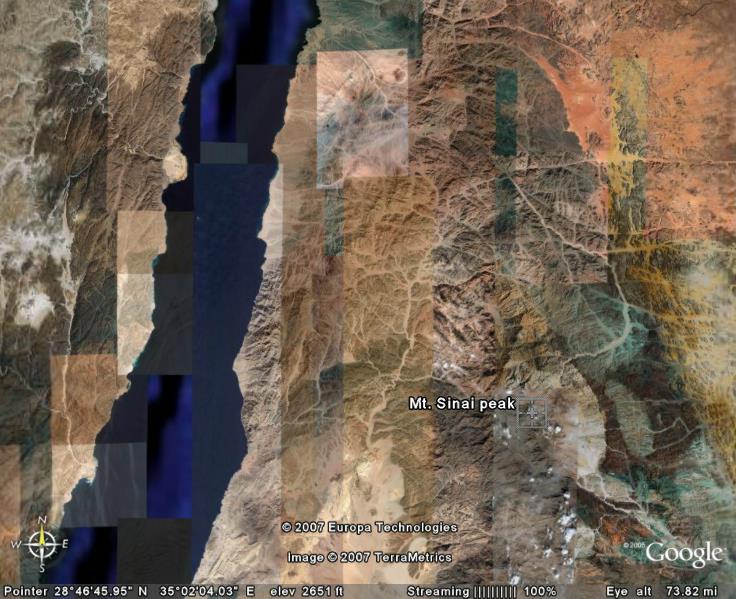
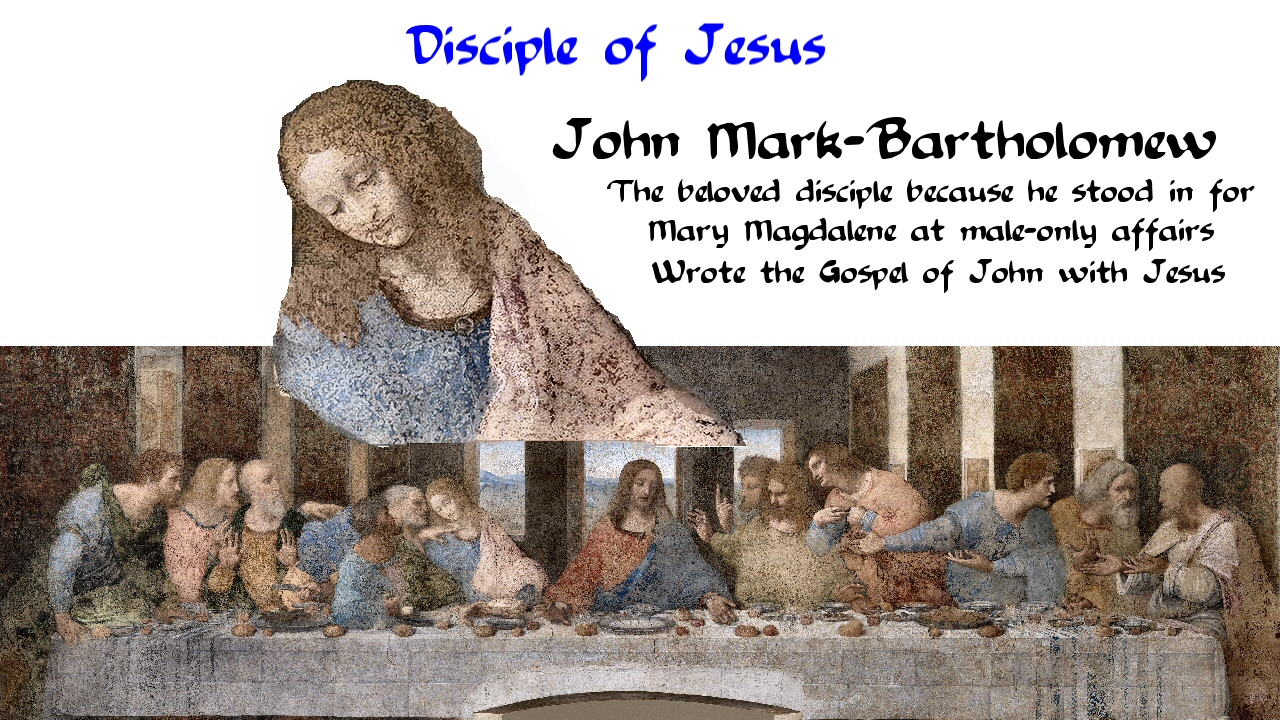








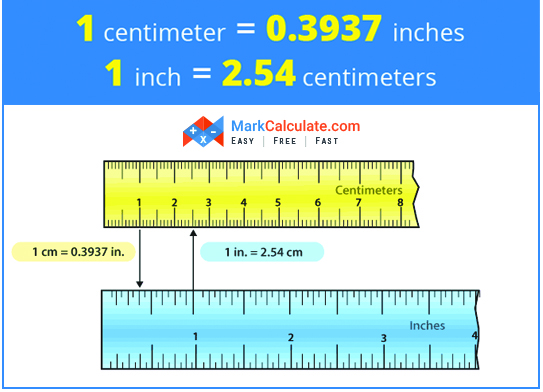
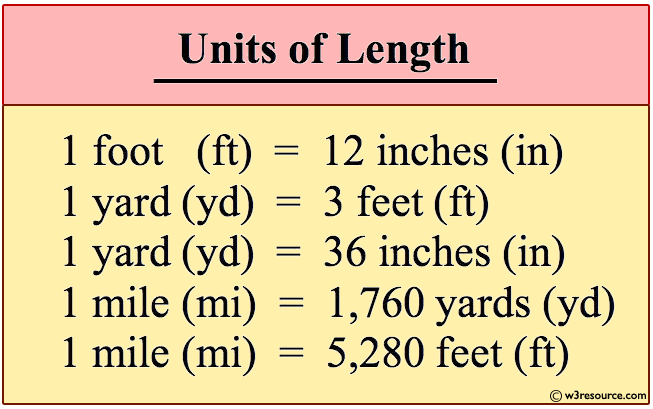
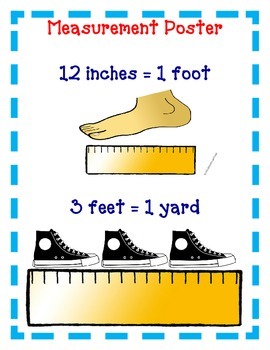
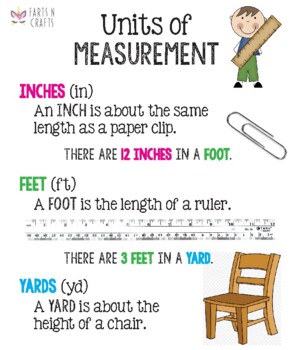
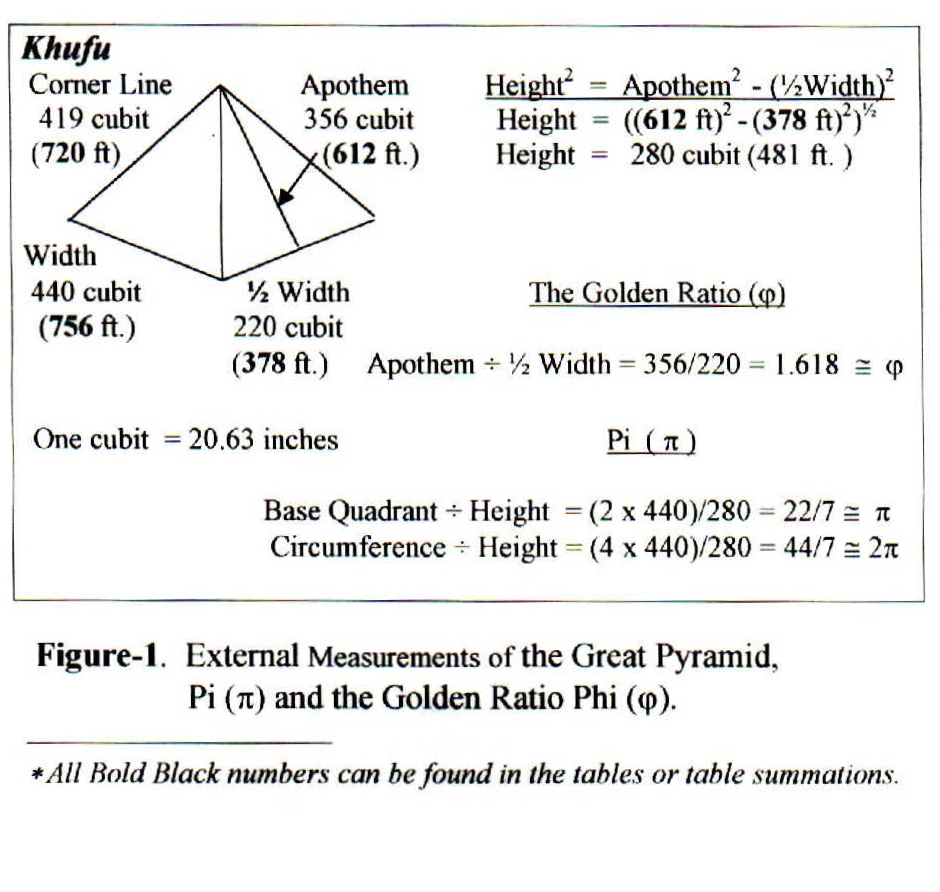













![Alignment of the Giza pyramids with data measured by Sir W. M. F. Petrie [6] (distances in m). Two numbers have been slightly corrected: The long diagonal is 936.16 m rather than 936.19 m, and one angle is 31° 55' 13' rather than 34° 10' 11' (explanation in [5, p. 96; 6, p. 125]). The relative elevations stem from S. Perring (see: [9, part IV, map 1]). Detailed information is provided in the drawings of Maragioglio and Rinaldi [9]. The angles were calculated from the original distances, given in inches (1 inch = 2.54 cm).](https://www.researchgate.net/profile/Hans-Jelitto/publication/359688325/figure/fig3/AS:1140400983150592@1648904190182/Alignment-of-the-Giza-pyramids-with-data-measured-by-Sir-W-M-F-Petrie-6-distances.png)
